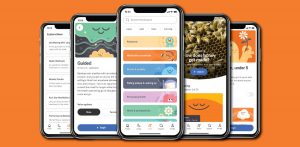Language
You can read the magazine in one of the following languages
Russell Glass admits that he has been interested in entrepreneurship for as long as he can remember. From starting his fledgling business stringing tennis rackets at the tender age of 13, to the off-campus delivery service he ran during college, Glass learned firsthand precisely what it takes to operate a successful company.
While he concedes that, inevitably, there were some failures, there were also some invaluable takeaways.
“One of the biggest lessons I learned was the importance of culture, the importance of people, and that the fit between people and culture you’re trying to build is foundational to anything else you accomplish,” he tells The CEO Magazine.
Among his impressive roles over the years, Glass founded, and was CEO and President of, Bizo – a B2B marketing and data platform, which he sold to LinkedIn in 2014 – before joining LinkedIn as the Vice President of Products. That same year, a chance encounter changed both his career trajectory, and ultimately, his entire existence.
“I was having the most significant anxiety of my life,” Glass says. “I had a new baby, I wasn’t sleeping well, I had imposter syndrome.”
One day, Jeff Weiner, the CEO of LinkedIn at the time, brought in Founder of Headspace App Andy Puddicombe to speak to the company about the power and importance of mindfulness.
“As he was talking, I literally downloaded the app, and long story short, within three weeks of building a mindfulness practice, it was a game-changer,” Glass recalls.
“I’ve meditated ever since, for the last nine years, and I am truly a better dad, a better husband and a better CEO because I’ve built this practice, and now have the ability to manage the ups and downs of life as they come.”
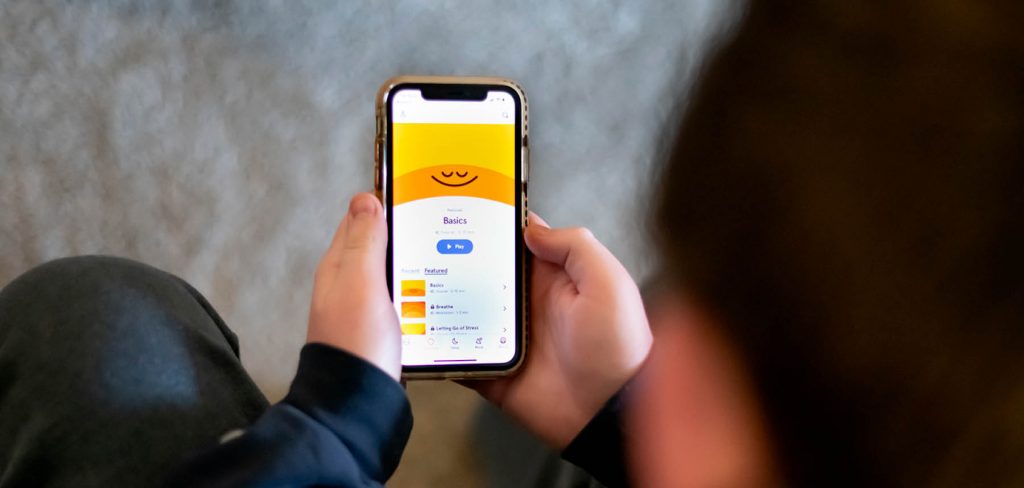
“If you look at what Headspace App does, it is very much the toothbrush of your brain.”
For those who may be skeptical, or argue they don’t have time to set up a meditation practice, Glass offers up a compelling analogy.
“If you look at what Headspace App does, it is very much the toothbrush of your brain,” he says with a smile. “In 10 minutes a day you’re able to prevent much more acute mental health concerns from happening, to reduce anxiety and stress levels, lower your blood pressure, and increase your heart rate variability.
“All of these things that we’ve learned are really important to overall health, Headspace App helps you accomplish in really no time.”
As a company, Headspace App truly practices what it preaches – with a vast range of policies that put the mental health of employees above all else. These include totally remote working options and dedicated mental health coaches for staff, and a Friday off every second week, called “mind days”, when employees are encouraged to recharge and focus on their mental health.
They also have meditations before all company meetings. Stress reduction and support are at the forefront of everything Headspace App do.
“All of these different activities are designed to holistically help people be mentally fit and ensure that they’re able to bring their best self to work, and then take that best self and apply it to whatever else they want to do outside of work,” Glass says.
The past three years of chaos and uncertainty caused by the COVID-19 pandemic have had myriad effects on both businesses and individuals. And as a subsequent result of the damage to our collective mental health, it’s also brought a necessary, albeit long-overdue global conversation to the foreground.
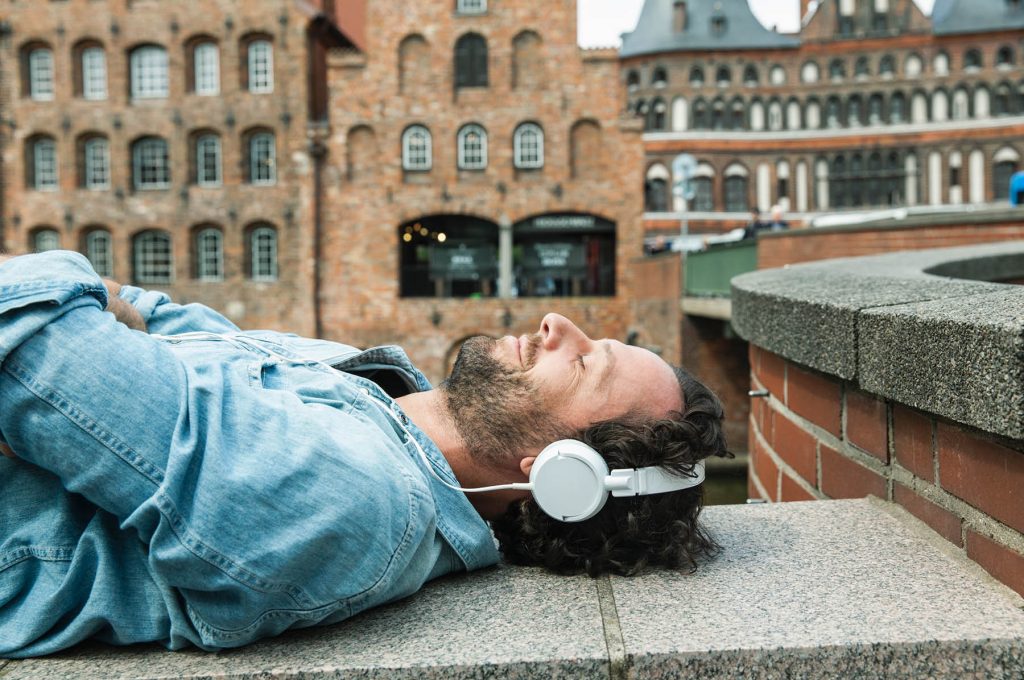
“The COVID-19 pandemic was a perfect storm of mental health needs.”
“The COVID-19 pandemic was a perfect storm of mental health needs,” Glass explains. “The combination of loneliness, and the concern about getting sick, the concern about family members getting sick, kids at home that can’t be in school for periods of time, worry about jobs and financial pressures was happening simultaneously.
“At the same time, there was this massive increase in adoption of digital health, with people willing to actually experience healthcare for the first time digitally, because they were forced to.”
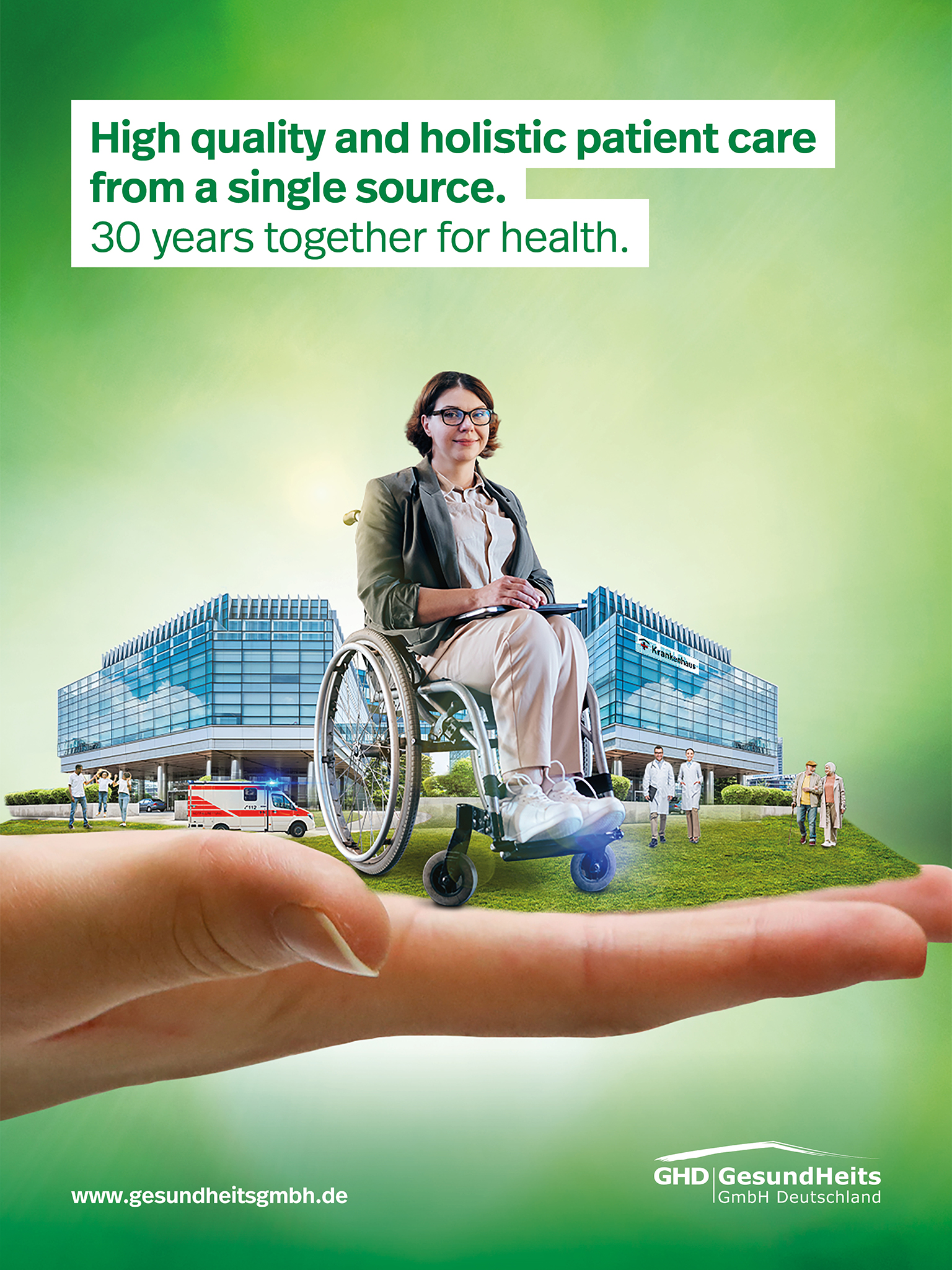
So while the catalyst was obviously deeply traumatic for many of us, Glass sees a silver lining.
“People actually now realize how important taking care of their mental health is,” he notes.
Even more significantly, it’s not just been individuals who have recognized how critical it is to prioritize mental health – finally, businesses are jumping on the bandwagon too. And that’s where Headspace App comes in.
“A few things have happened,” Glass acknowledges. “One is employees are increasingly asking for it, saying, ‘Hey, we expect to be supported by our employer, and we’re having trouble finding resources, we’re having trouble with our mental health,’ so companies are having to react to that.
“We did a study, almost a year ago, called our Workforce Attitude study, and found that 70 percent plus of Australians said that their company increased mental health focus during the pandemic, but only 31 percent maintained that focus. And so we do see some backsliding here.”
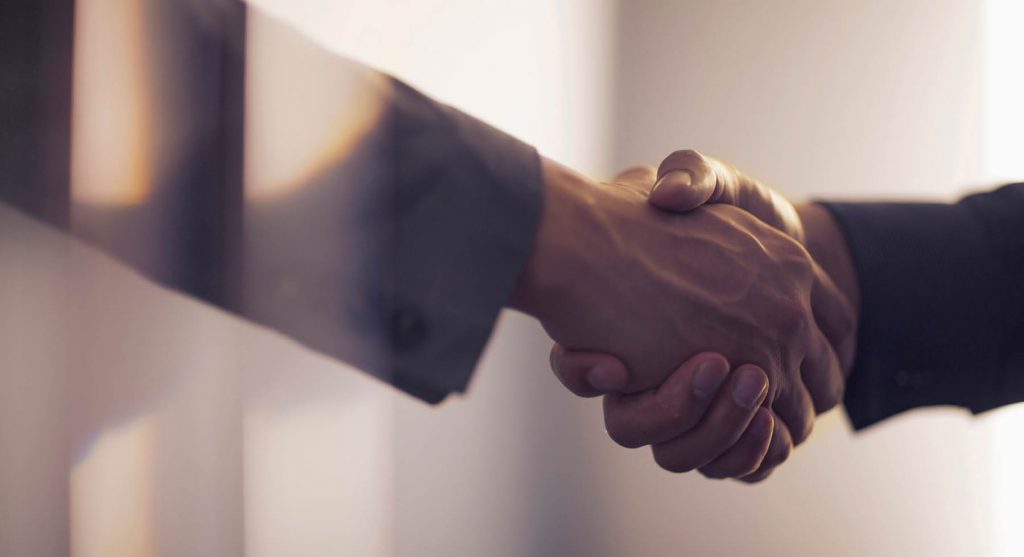
“When you add the demand up and you add the data that’s starting to come out, that’s where companies are increasingly realizing that they don’t have a choice.”
A lot of the measures companies put into place during the COVID-19 pandemic were temporary solutions, designed for a quick fix, rather than long-term. As a result, burnout is more prevalent than ever.
And yet, as Glass points out, that does not in any way reflect the desires of employees, with four out of five saying that they believe it’s the company’s responsibility to help them take care of their mental health.
The second shift that’s occurred has been the increase in research on the subject, with numerous studies heralding the importance of mental health in workspaces, and the vital link between productivity, staff retention and output, and mental health.
“When you add the demand up and you add the data that’s starting to come out, that’s where companies are increasingly realizing that they don’t have a choice,” Glass says. “It’s becoming an imperative.”
In an effort to reshape how more companies approach the mental health of their employees, Headspace App has now launched a leadership education program to equip managers with science-backed practices to drive cultural change in organizations across the globe.
For the more than 4,000 businesses that already utilize Headspace App’s resources, which include such Australian companies as Lendlease, Atlassian, the University of Melbourne, and the A2 Milk company, these in-person and digital workshops and courses provide training for leaders and HR.
“It helps them understand how to bring a mindful, compassionate approach to management, and understand what resources are available,” Glass explains.
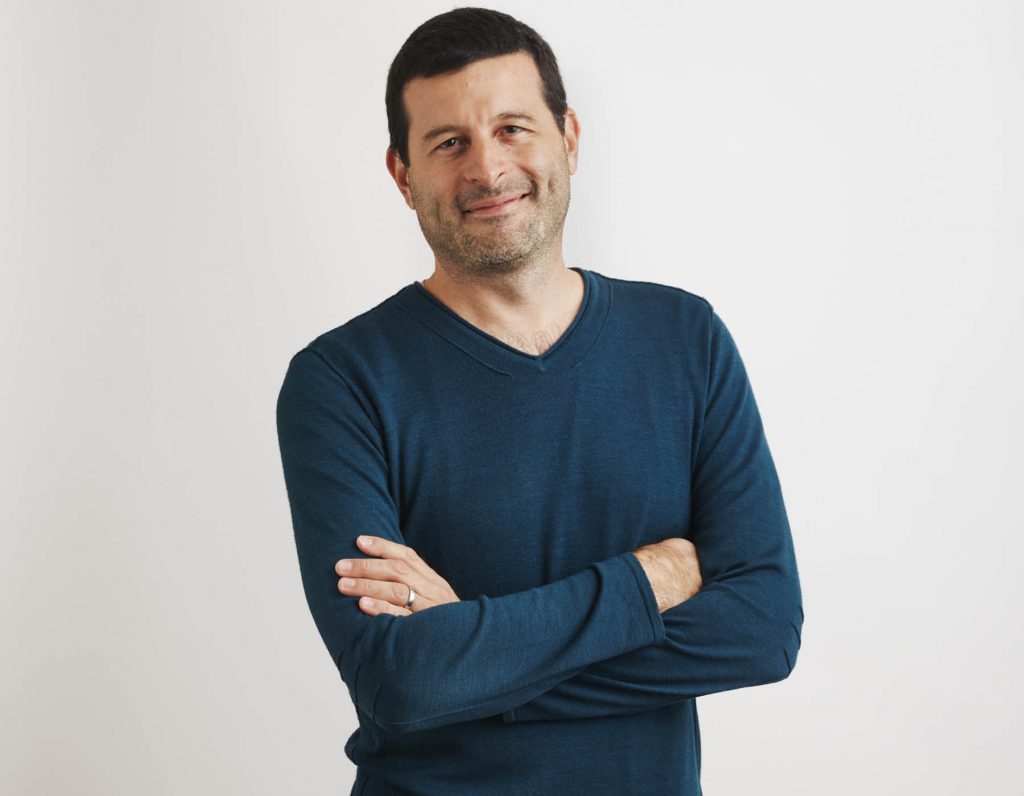
“Every dollar you spend on mental health, you get way more than one dollar back in reduction of healthcare costs, increases in productivity and decreases in absenteeism.”
Glass appreciates that for many companies, spending money on mental health support for employees may seem like an unjustifiable expense – especially at the tail-end of a pandemic. But he implores executives to realize that such an investment will end up saving them money.
“Every dollar you spend on mental health, you get way more than one dollar back in reduction of healthcare costs, increases in productivity and decreases in absenteeism,” he enthuses.
“Our estimate is that it’s more like for every dollar you spend you get about four back. And not only do you get those dollars, but you also get a workforce that’s excited to be supported by you as a company, and it builds your employer brand, it builds loyalty, it reduces turnover.
“There are all these advantages that I think the more CEOs and leaders realize, the faster they’ll invest, and the happier their employees will be. It’s trite to say, but it’s a no-brainer.”

